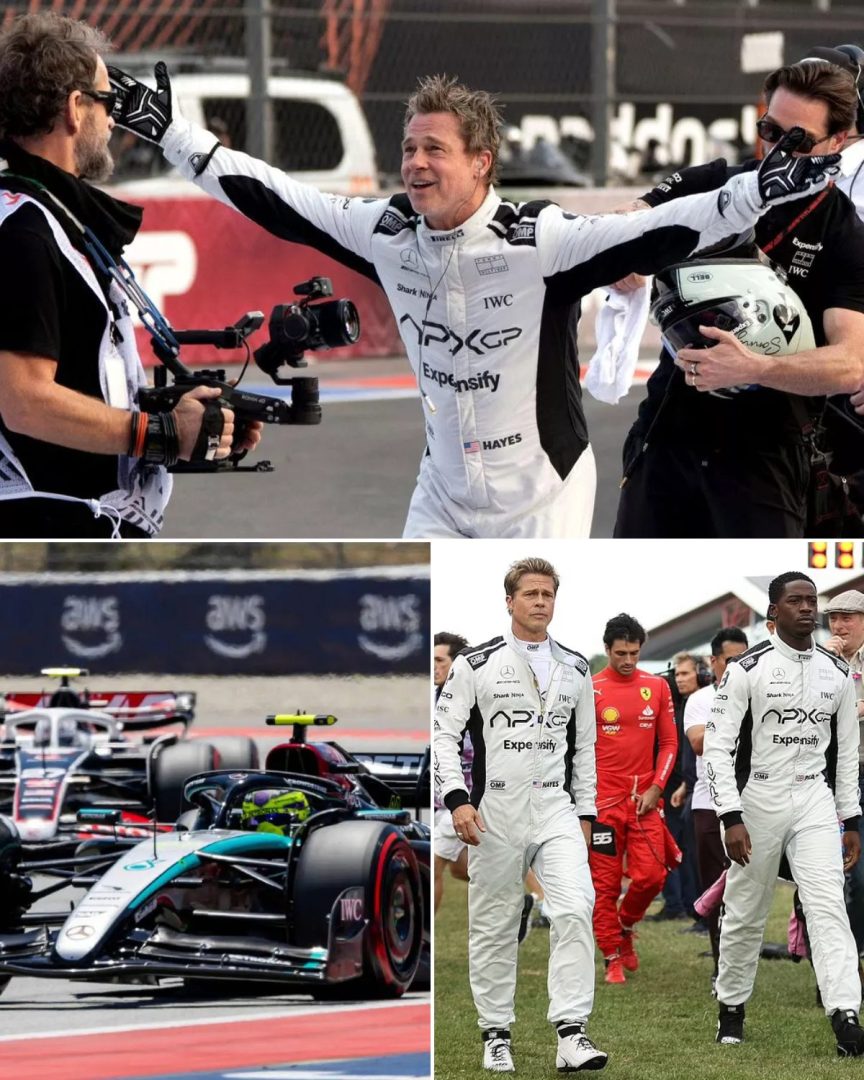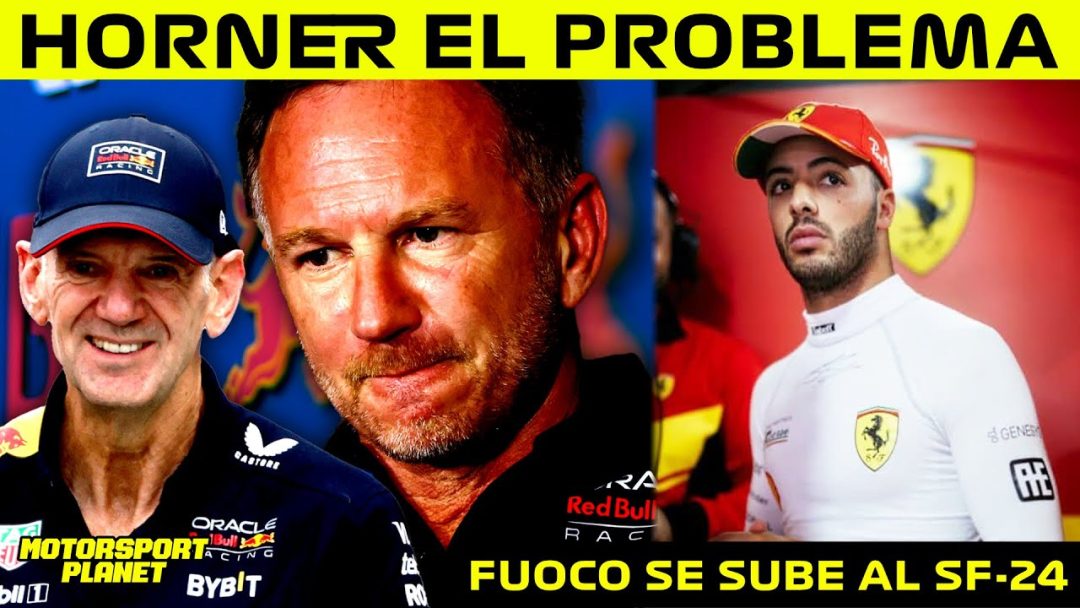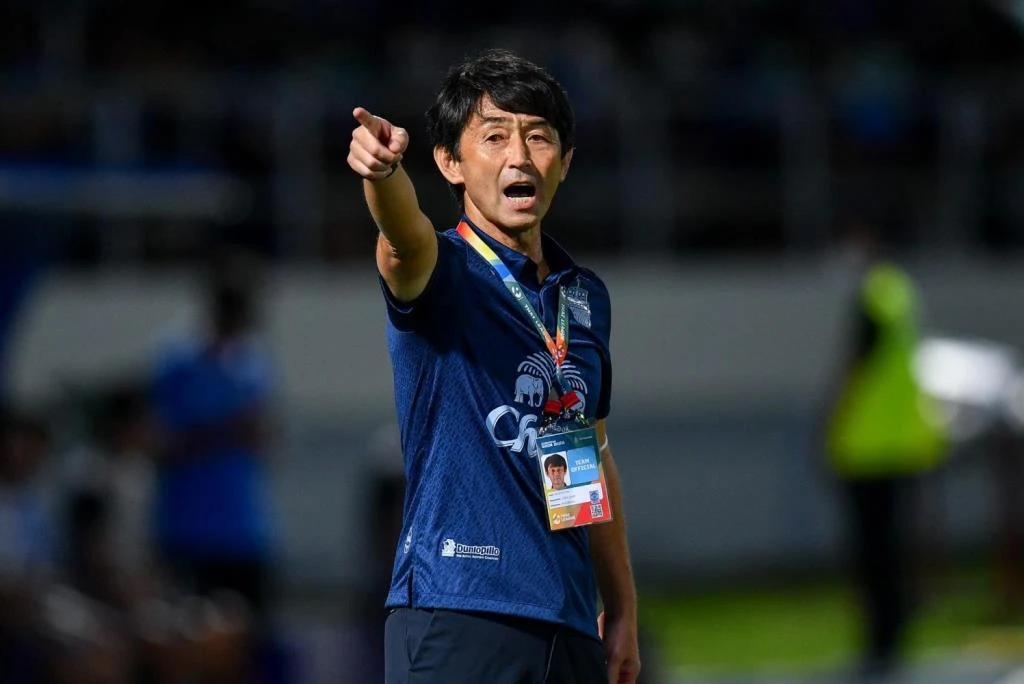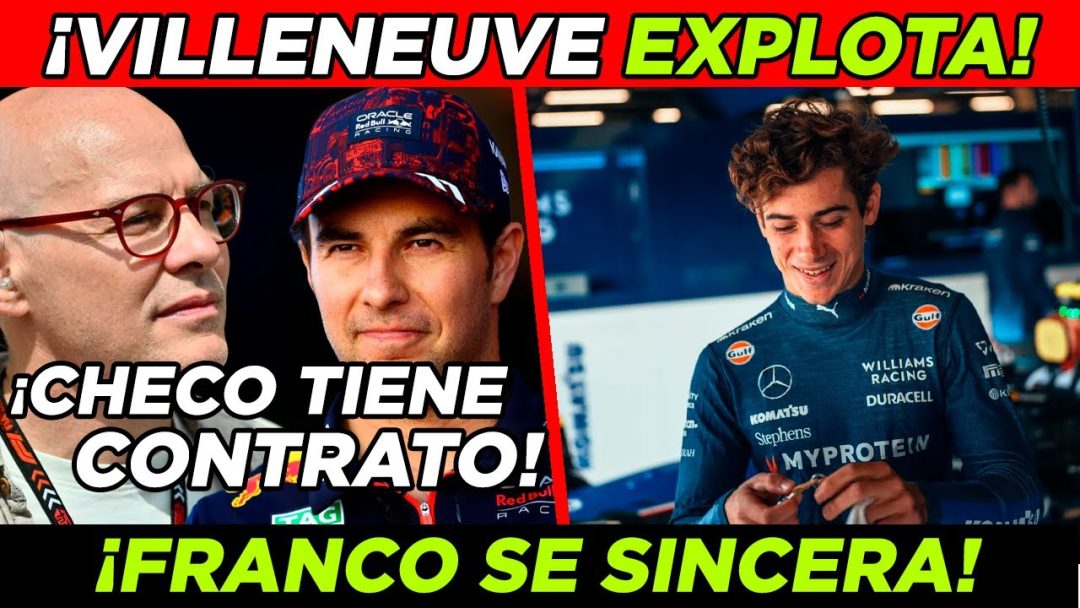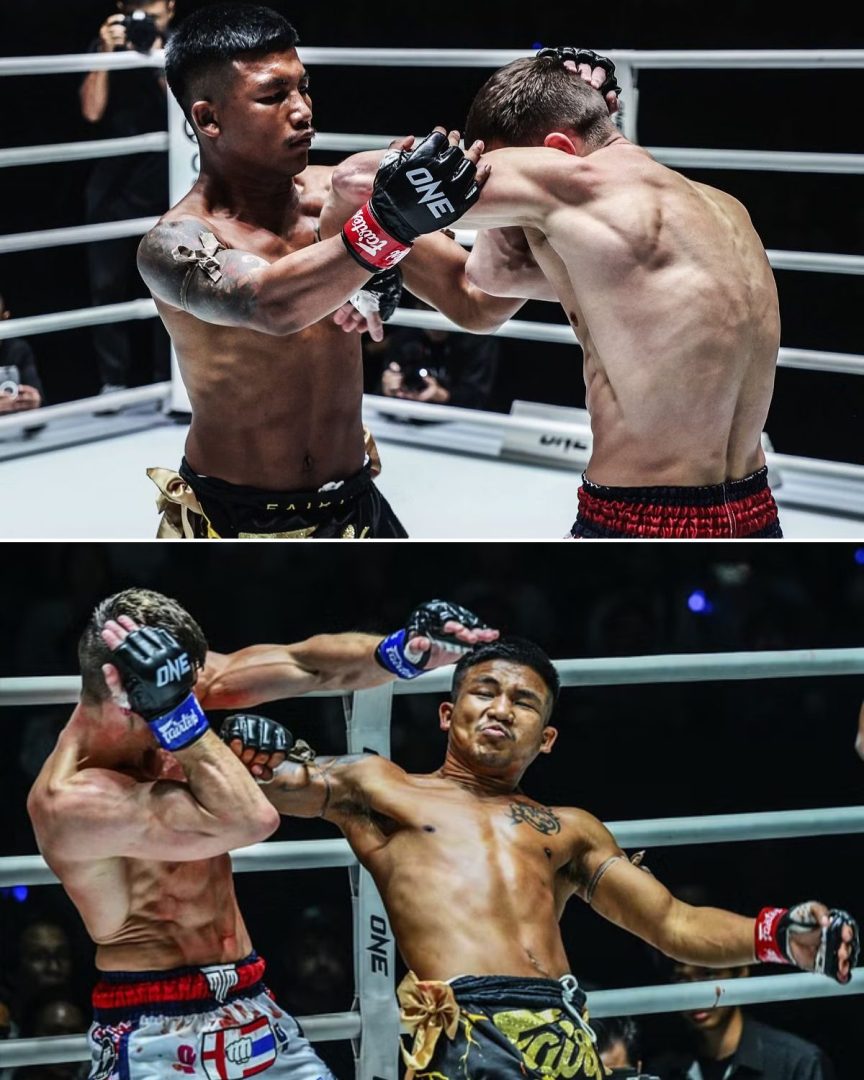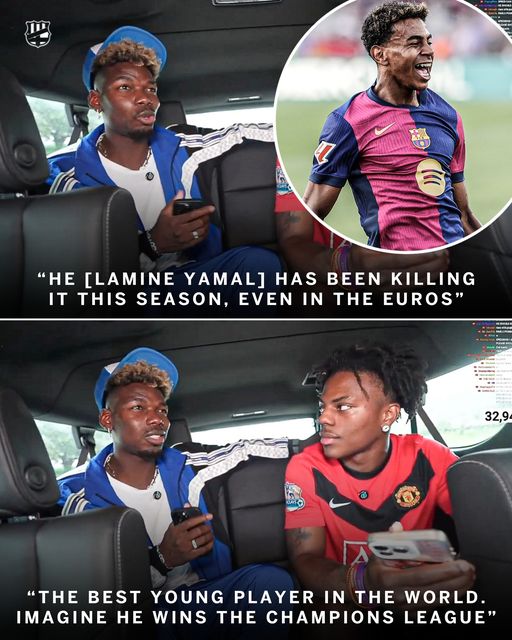French football superstar Kylian Mbappé celebrates most of his goals by crossing his arms and tucking his hands underneath his armpits. It has become one of the most iconic goal celebrations in the world.

Mbappé, who is due to move to Spanish giants Real Madrid at the end of this season, has already taken steps to register a logo depicting his celebration as a trademark in several countries, as well as in the European Union. He has done the same for his surname, initials and most famous quotes.
The black-and-white logo depicts a smiling Mbappé, celebrating in his usual fashion.
Mbappé is not the only famous athlete who has looked to secure exclusive rights to their signature celebration. In 2022, Jamaican sprinter Usain Bolt applied to trademark a logo in the US showing his victory celebration pose – an application with the US trademark office that is still pending.

The reason well-known athletes look to trademark these poses, and other aspects of their image, is obvious. They wish to turn them into successful brands that can be used commercially in a wide range of markets.
Among the products covered by Mbappé’s trademark registrations are clothes, textiles, footwear, toys, video games, umbrellas, bags, jewellery, perfumery, cosmetics and toothpastes. Any products or brands that wish to use his specific logo, name or quotes will need to pay Mbappé or be granted permission by Mbappé himself.
But how can even the celebratory pose of a sporting star become a brand? To answer this question, we need to look at the nature and function of trademarks.
